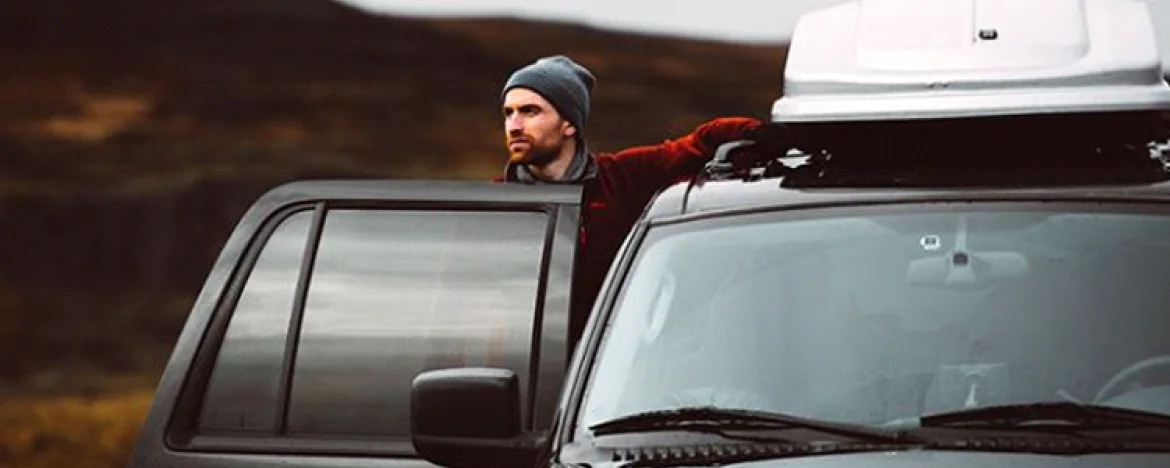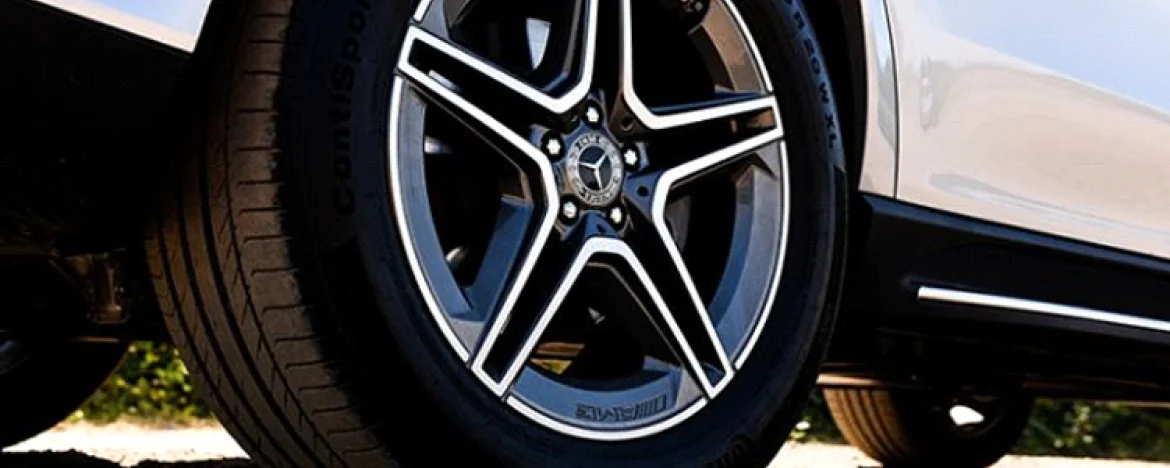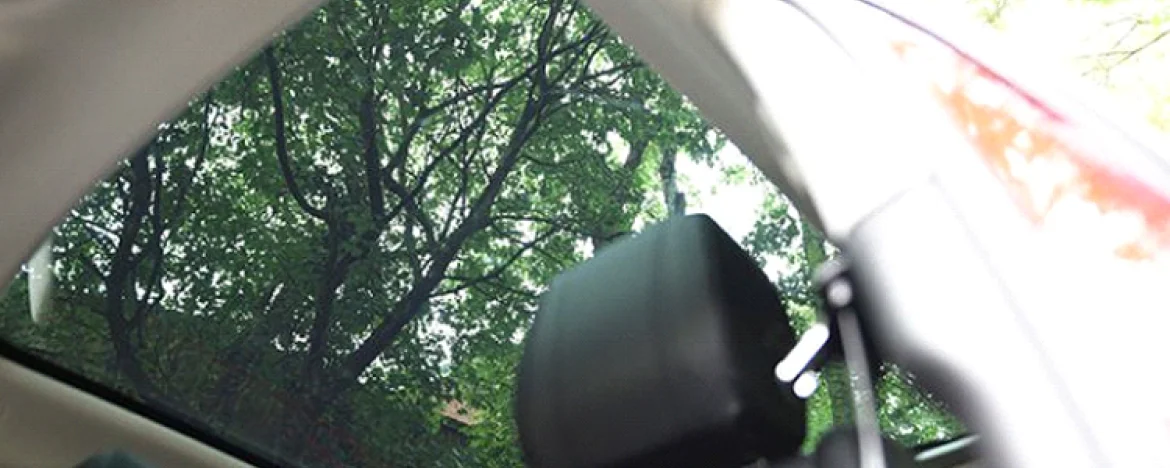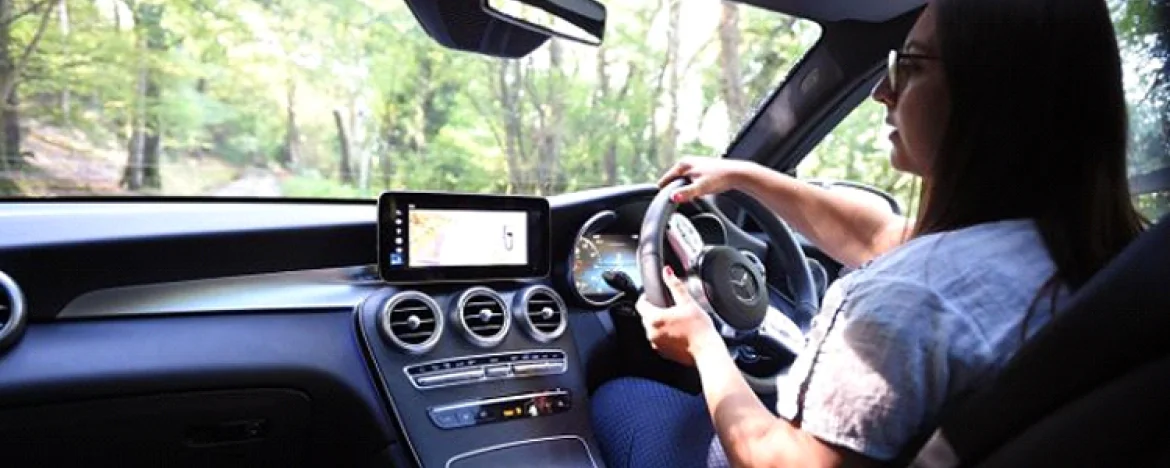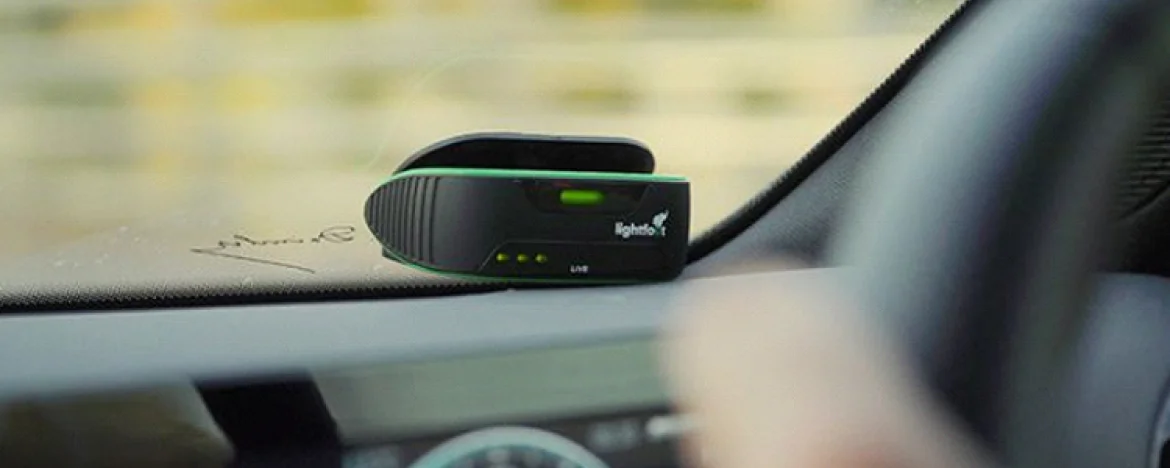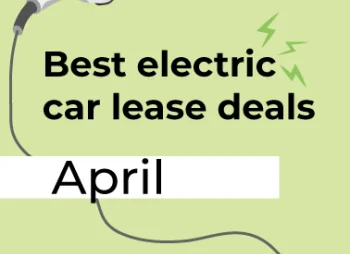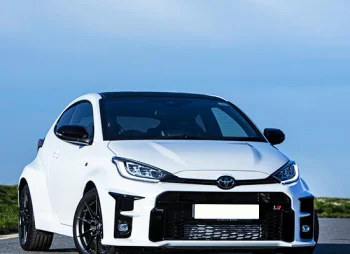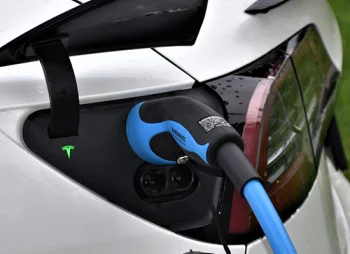7. Stick to motorways
Motorways are the best roads for fuel efficient driving, as the driver sticks to a largely consistent speed with minimal harsh accelerating and breaking. This lack of start/stop driving may take you on a longer route, but will positively affect your MPG overall.
8. Keep cruise control for motorway driving
As intelligent as these systems are, they can’t predict regular gradient changes on the road. Therefore, it will keep the power on for longer than you would if you were controlling the throttle yourself.
9. Stay in high gears for as long as possible
As stated by the RAC, their advice is to change up through gears as quickly as you can whilst keeping the revs as low as possible. Their advice being around 2000 rpm - just make sure you keep within the speed limit.
10. Don't drive in heavy shoes
As much as we might like them, big, clunky and heavy shoes can reduce our sensitivity to the throttle and make us a bit more (get ready for the pun) heavy footed.
11. Avoid idling, but be careful of switching off when the engine is cold...
One thing is for sure, sitting about in your car chatting with the engine running is not great for fuel use. If you know you’re going to sit still for more than a few minutes, switch the engine off. A common misconception is that you have to leave the car idling for a while to warm the engine. This is not the case as the engine warms up much faster whilst driving… just take it easy and remember that it's illegal and unsafe to drive off with ice or snow on your car.
Whilst the instinct to switch off your engine at every possible moment may now be there, make sure you’re not doing it all the time whilst in traffic - unless your engine is warm and you expect to be sat there for a few minutes. Ignoring this will really hammer your cars battery. If you have the option, go for a car with stop/start functions – where the car will only switch off it knows it is capable of switching back on again.

